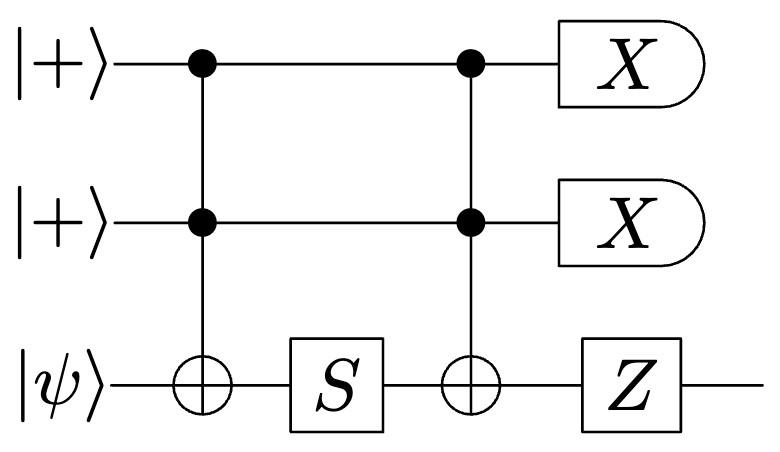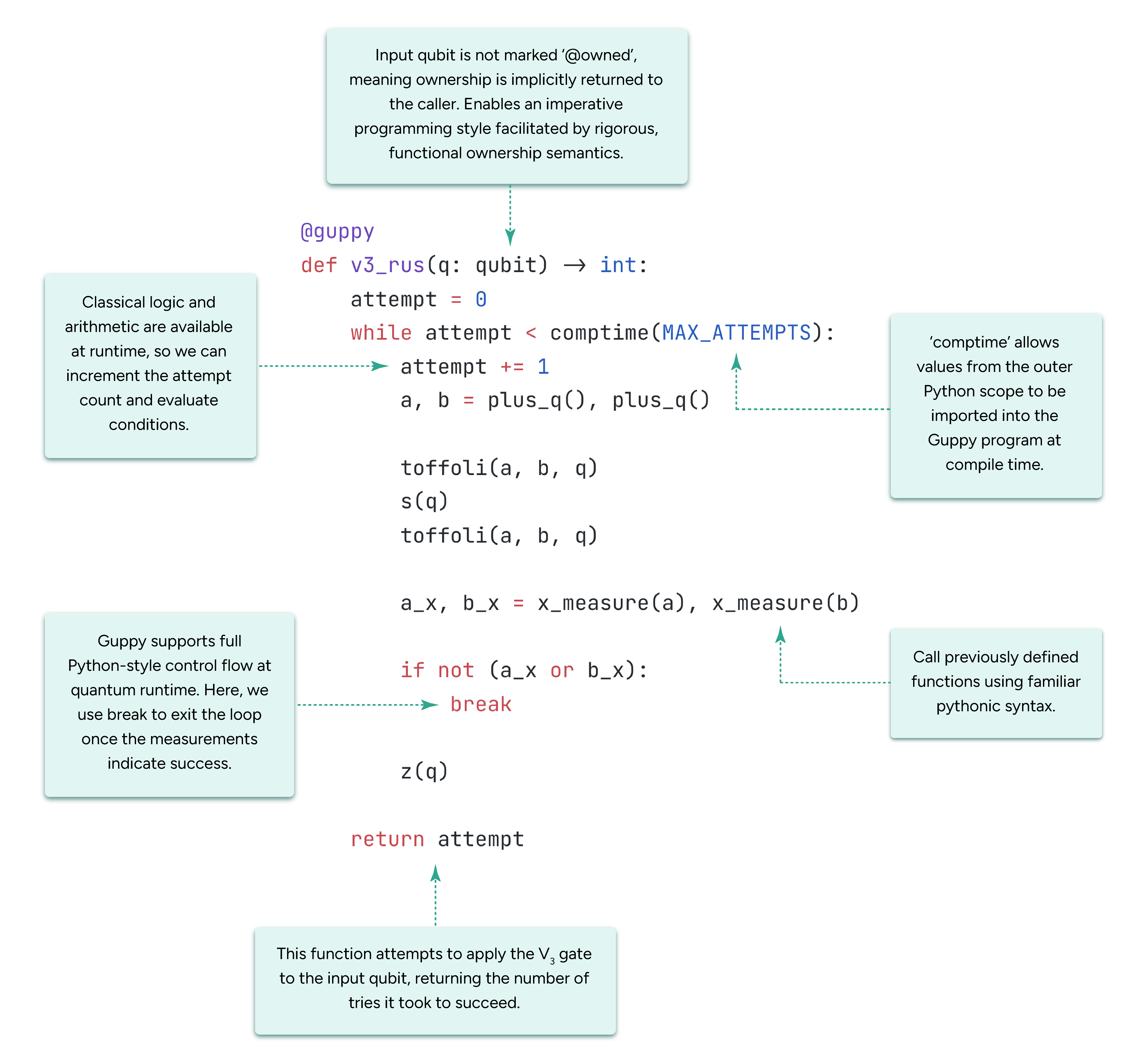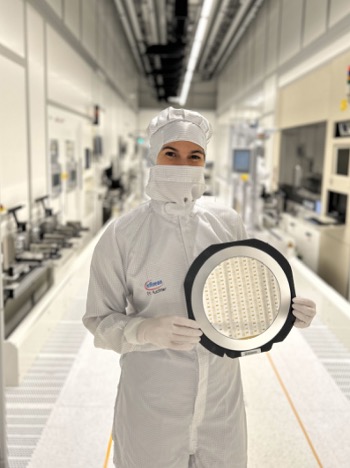Every year, The IEEE International Conference on Quantum Computing and Engineering – or IEEE Quantum Week – brings together engineers, scientists, researchers, students, and others to learn about advancements in quantum computing.
This year’s conference from August 31st – September 5th, is being held in Albuquerque, New Mexico, a burgeoning epicenter for quantum technology innovation and the home to our new location that will support ongoing collaborative efforts to advance the photonics technologies critical to furthering our product development.
Throughout IEEE Quantum Week, our quantum experts will be on-site to share insights on upgrades to our hardware, enhancements to our software stack, our path to error correction, and more.
Meet our team at Booth #507 and join the below sessions to discover how Quantinuum is forging the path to fault-tolerant quantum computing with our integrated full-stack.
September 2nd
Quantum Software Workshop
Quantum Software 2.1: Open Problems, New Ideas, and Paths to Scale
1:15 – 2:10pm MDT | Mesilla
We recently shared the details of our new software stack for our next-generation systems, including Helios (launching in 2025). Quantinuum’s Agustín Borgna will deliver a lighting talk to introduce Guppy, our new, open-source programming language based on Python, one of the most popular general-use programming languages for classical computing.
September 3rd
PAN08: Progress and Platforms in the Era of Reliable Quantum Computing
1:00 – 2:30pm MDT | Apache
We are entering the era of reliable quantum computing. Across the industry, quantum hardware and software innovators are enabling this transformation by creating reliable logical qubits and building integrated technology stacks that span the application layer, middleware and hardware. Attendees will hear about current and near-term developments from Microsoft, Quantinuum and Atom Computing. They will also gain insights into challenges and potential solutions from across the ecosystem, learn about Microsoft’s qubit-virtualization system, and get a peek into future developments from Quantinuum and Microsoft.
BOF03: Exploring Distributed Quantum Simulators on Exa-scale HPC Systems
3:00 – 4:30pm MDT | Apache
The core agenda of the session is dedicated to addressing key technical and collaborative challenges in this rapidly evolving field. Discussions will concentrate on innovative algorithm design tailored for HPC environments, the development of sophisticated hybrid frameworks that seamlessly combine classical and quantum computational resources, and the crucial task of establishing robust performance benchmarks on large-scale CPU/GPU HPC infrastructures.
September 4th
PAN11: Real-time Quantum Error Correction: Achievements and Challenges
1:00 – 2:30pm MDT | La Cienega
This panel will explore the current state of real-time quantum error correction, identifying key challenges and opportunities as we move toward large-scale, fault-tolerant systems. Real-time decoding is a multi-layered challenge involving algorithms, software, compilation, and computational hardware that must work in tandem to meet the speed, accuracy, and scalability demands of FTQC. We will examine how these challenges manifest for multi-logical qubit operations, and discuss steps needed to extend the decoding infrastructure from intermediate-scale systems to full-scale quantum processors.
September 5th
Keynote by NVIDIA
8:00 – 9:30am MDT | Kiva Auditorium
During his keynote talk, NVIDIA’s Head of Quantum Computing Product, Sam Stanwyck, will detail our partnership to fast-track commercially scalable quantum supercomputers. Discover how Quantinuum and NVIDIA are pushing the boundaries to deliver on the power of hybrid quantum and classical compute – from integrating NVIDIA’s CUDA-Q Platform with access to Quantinuum’s industry-leading hardware to the recently announced NVIDIA Quantum Research Center (NVAQC).
Featured Research at the IEEE Poster Session:
Visible Photonic Component Development for Trapped-Ion Quantum Computing
September 2nd from 6:30 - 8:00pm MDT | September 3rd from 9:30 - 10:00am MDT | September 4th from 11:30 - 12:30pm MDT
Authors: Elliot Lehman, Molly Krogstad, Molly P. Andersen, Sara Cambell, Kirk Cook, Bryan DeBono, Christopher Ertsgaard, Azure Hansen, Duc Nguyen, Adam Ollanik, Daniel Ouellette, Michael Plascak, Justin T. Schultz, Johanna Zultak, Nicholas Boynton, Christopher DeRose,Michael Gehl, and Nicholas Karl
Scaling Up Trapped-Ion Quantum Processors with Integrated Photonics
September 2nd from 6:30 - 8:00pm MDT and 2:30 - 3:00pm MDT | September 4th from 9:30 - 10:00am MDT
Authors: Molly Andersen, Bryan DeBono, Sara Campbell, Kirk Cook, David Gaudiosi, Christopher Ertsgaard, Azure Hansen, Todd Klein, Molly Krogstad, Elliot Lehman, Gregory MacCabe, Duc Nguyen, Nhung Nguyen, Adam Ollanik, Daniel Ouellette, Brendan Paver, Michael Plascak, Justin Schultz and Johanna Zultak
Research Collaborations with the Local Ecosystem
In a partnership that is part of a long-standing relationship with Los Alamos National Laboratory, we have been working on new methods to make quantum computing operations more efficient, and ultimately, scalable.
Learn more in our Research Paper: Classical shadows with symmetries
Our teams collaborated with Sandia National Laboratories demonstrating our leadership in benchmarking. In this paper, we implemented a technique devised by researchers at Sandia to measure errors in mid-circuit measurement and reset. Understanding these errors helps us to reduce them while helping our customers understand what to expect while using our hardware.
Learn more in our Research Paper: Measuring error rates of mid-circuit measurements








